Being a Teleradiologist Was a Nightmare at First, but Now It’s My Dream Job
Practicing in teleradiology is amazing, or it’s your worst nightmare.How do I know? Because I’ve been in two telerad positions that couldn’t have...

Remote radiologist jobs with flexible schedules, equitable pay, and the most advanced reading platform. Discover teleradiology at vRad.

Radiologist well-being matters. Explore how vRad takes action to prevent burnout with expert-led, confidential support through our partnership with VITAL WorkLife. Helping radiologists thrive.

Visit the vRad Blog for radiologist experiences at vRad, career resources, and more.

vRad provides radiology residents and fellows free radiology education resources for ABR boards, noon lectures, and CME.

Teleradiology services leader since 2001. See how vRad AI is helping deliver faster, higher-quality care for 50,000+ critical patients each year.

Subspecialist care for the women in your community. 48-hour screenings. 1-hour diagnostics. Comprehensive compliance and inspection support.

vRad’s stroke protocol auto-assigns stroke cases to the top of all available radiologists’ worklists, with requirements to be read next.

vRad’s unique teleradiology workflow for trauma studies delivers consistently fast turnaround times—even during periods of high volume.

vRad’s Operations Center is the central hub that ensures imaging studies and communications are handled efficiently and swiftly.

vRad is delivering faster radiology turnaround times for 40,000+ critical patients annually, using four unique strategies, including AI.
.jpg?width=1024&height=576&name=vRad-High-Quality-Patient-Care-1024x576%20(1).jpg)
vRad is developing and using AI to improve radiology quality assurance and reduce medical malpractice risk.

Now you can power your practice with the same fully integrated technology and support ecosystem we use. The vRad Platform.

Since developing and launching our first model in 2015, vRad has been at the forefront of AI in radiology.

Since 2010, vRad Radiology Education has provided high-quality radiology CME. Open to all radiologists, these 15-minute online modules are a convenient way to stay up to date on practical radiology topics.

Join vRad’s annual spring CME conference featuring top speakers and practical radiology topics.

vRad provides radiology residents and fellows free radiology education resources for ABR boards, noon lectures, and CME.

Academically oriented radiologists love practicing at vRad too. Check out the research published by vRad radiologists and team members.

Learn how vRad revolutionized radiology and has been at the forefront of innovation since 2001.

%20(2).jpg?width=1008&height=755&name=Copy%20of%20Mega%20Nav%20Images%202025%20(1008%20x%20755%20px)%20(2).jpg)

Visit the vRad blog for radiologist experiences at vRad, career resources, and more.


Explore our practice’s reading platform, breast imaging program, AI, and more. Plus, hear from vRad radiologists about what it’s like to practice at vRad.

Ready to be part of something meaningful? Explore team member careers at vRad.
4 min read
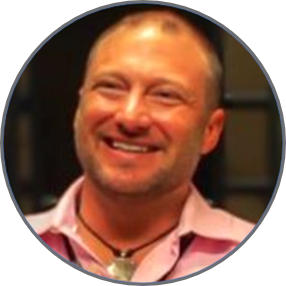 Jonathon Lee, MD
:
September 11, 2018
Jonathon Lee, MD
:
September 11, 2018
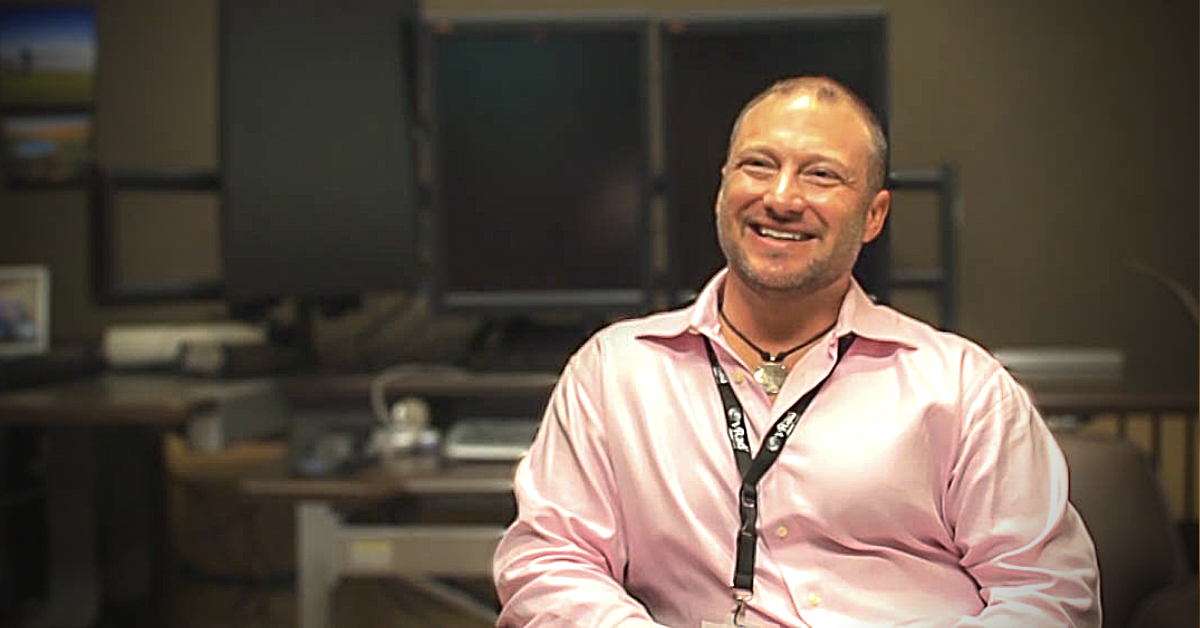
One in a series from people sharing their experiences as vRad teleradiologists. In this entry, Jonathon Lee, MD, explains what he discovered after stepping away from a partnership position to set sail toward a better work/life balance.
As was my primary goal when I finished med school, I achieved partnership in a successful radiology practice. But, over the years, my priorities changed. I had kids. The demands of being a partner in a traditional practice didn’t seem worth the time and attention it required. So, I left the partnership for a teleradiologist position with vRad. The rewards of that move have far exceeded my expectations.
I live in Dublin, Ohio, with my wife and three teenage kids – two boys and a girl. As any parents might, my wife and I anticipate the next few years will be filled with memorable moments and milestones. I don’t want to miss a minute of it – especially knowing how much I dread the idea that the nest is gonna get empty all too soon.
With vRad, my office is at home. I’m nearer to my family when they need me. We can check in with one another more easily throughout the day on all matters big and small.
I can’t drop a case mid-study just because one of the kids knocks on the door, but I can take a break between cases whenever I need to. When I return to my reading room, I just pull up the vRad system queue and click on the next available case.
If you have younger kids, I think they're going to be a little more prone to pop in while you're working and ask to play a video game or something like that. But, in my experience, it's not hard to keep a healthy balance. My family understands the importance of giving Dad space when he’s at his computer.
This is the first time that I've had a job where I seem to happily show up 15 minutes early for work every day. I literally walk to the basement in my pajamas, turn on my computer and my workday begins.
I’ve eliminated a commute that used to consume as much as two-and-a-half to three hours every day – even more in the snow or rain or construction season. This gives me 12 to 15 hours per workweek that were previously spent uselessly staring through the windshield of my car. That’s time I get to spend with my lovely wife. Or extra time with the kids.
If there’s a downside to getting back all that wasted time, now I’ve got no excuse for not unloading the dishwasher or for not getting to the gym. But I’m learning to live in a more organized home and with getting a little more exercise.
It's important to maintain a social life, especially if you're working at home, so you don't go total Jack-Nicholson-in-Shining from being in the same spot at all times.
I find my social life is a lot better because I am able to put more effort into it. I've got the free time during the week to get out with friends.
In a traditional office setting, I felt obliged to develop relationships with co-workers and colleagues – on occasion going out to lunch or for drinks after hours. Which was fine. I worked with some great people and still value those professional connections.
But now I have the opportunity to choose to spend more time socially with personal friends and extended family. For me, this has been one of the more pleasantly unexpected rewards of working for vRad.
Confession: As I compile this blog entry I’m actually in Key West, Florida. I’m not on vacation. I have a little condo here with its own reading room. As a vRad teleradiologist, I can work from any location with the right computer equipment and a high-speed internet connection.
Often, the family joins me here. This week they had other plans back in Ohio that didn’t include me, so I snuck away. Between my vRad shifts, I can spend time pursuing my favorite hobby – hunting among the wreckage of numerous 16th, 17th and 18th century Spanish galleons that met their fates in the reefs along the Florida Straits. It's not just the pursuit of treasure. The history and the sociology and the tax evasion and everything you learn about from that time period… It's just fascinating. Don’t get me started…
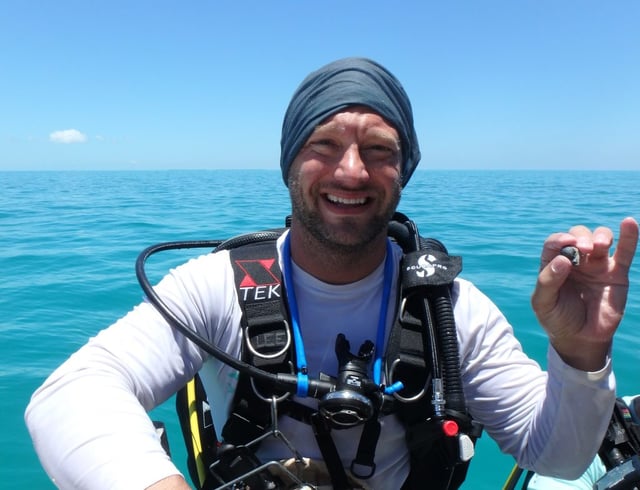
[Dr. Jonathon Lee with a newly found musket ball lost since the Spanish Galleon wreck of 1622.]
I have the ability to practice radiology from anywhere I choose. Plus, I have 26 weeks off each year. So, some of my hobbies, like treasure hunting, they don't have to be hobbies. They can basically be part time jobs if I want.
I got interested in treasure hunting the Florida Straits after hearing the fascinating story of Mel Fisher who dedicated his life to trying to find one of the most valuable Spanish ship wrecks called the Atocha. He spent 16 years, penniless, searching for it before he found it. The sister ship, the Margarita, is not far away.

[Dr. Lee with a recently retrieved Gold Coin from a 1622 Spanish Galleon shipwreck.]
In the 16th, 17th, and even 18th century, Spain had control of the New World and would bring home mind boggling amounts of treasure. Gold, silver, emeralds, in addition to other commodities. It's a very dangerous area between Havana, Cuba and Spain, particularly through the Florida Straits from the hurricanes and coral reefs and it doesn't take much of a storm to blow a big sailboat off course onto a coral reef. There are some priceless wrecks all through the area―some of which are entire fleets that went down.
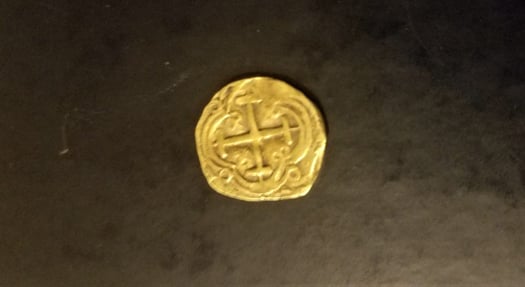
[Closer look at the Spanish Gold Coin from 1622.]
Thanks to some exciting new technologies, we can locate targets using an unmanned submarine controlled from the surface before we dive. Later this week, I’m planning on looking in about 200 feet of water. It's really a lot of fun and it’s not just the pursuit of treasure. I wasn't a big history guy until I got into this, but the history, sociology and the tax evasion you learn from that time period is just fascinating.
For me, the move to vRad has definitely put more life into the whole work/life balance thing. In addition, I’ve never been more excited about being a radiologist. vRad has been more rewarding professionally than I ever imagined it could be.
Hear from More vRad Radiologists
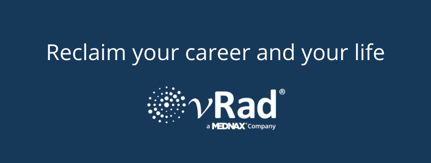  |
Back to Blog

Practicing in teleradiology is amazing, or it’s your worst nightmare.How do I know? Because I’ve been in two telerad positions that couldn’t have...
.png)
Originally published by Michael Walter on Radiology Business Looking back on my career as a radiologist—now in its 22nd year and...
.png)
Compensation is one of the most important factors when considering your next career move. You should never have to wonder what you’re earning or how...
vRad (Virtual Radiologic) is a national radiology practice combining clinical excellence with cutting-edge technology development. Each year, we bring exceptional radiology care to millions of patients and empower healthcare providers with technology-driven solutions.
Non-Clinical Inquiries (Total Free):
800.737.0610
Outside U.S.:
011.1.952.595.1111
3600 Minnesota Drive, Suite 800
Edina, MN 55435